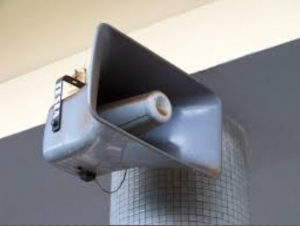Back in 1998, I was given permission to start an experimental radio show with 2 other year 12 compadres.
The program’s mission was to air new, alternative music with the occasional story about student life. I guess you could say it was a bit like Syn FM but with a localised range of the senior campus of our country school.
Wide eyed and bushy tailed we entered the studio (the school principal’s office) for our first lunchtime broadcast, we opened the show with Pantera’s Five Minutes Alone, Mr Bungle’s Squeeze Me Macaroni, and no doubt crowd favourites from Pearl Jam, Nirvana or, I dare say, Silverchair.
It was our first and last show, the wailing sounds of Dime Bag’s guitar and Mike Patton’s loud and immutable vocals were just too much for the poor sods in the halls of the tech faculty. Moments into the show, and narrowly avoiding a fist-fight, we reluctantly agreed to pull the plug on our radio dream.
Years later, it was still discussed as a ‘what could have been event’ for the Secondary College, and as the school really didn’t boast to much other than cheating on the Naplan test, they were in need of a positive talisman. Our radio program could have been that talisman!
Though, it became the first and last form of empirical research into whether such a thing could ever work, there was debate over whether a show broadcast only to the people in our senior campus could be considered ‘radio’ at all, especially as we had only aired one episode! However, on reading Michelle Hilmes paper The New Materiality of Radio, I am going to return this flash-in-the-pan experiment back into the realms of radio as it was soundwork dammit— a creative, constructed aural text that employed the basic elements of speech, music and noise.
It was radio, people wanted to hear it… we just needed to turn down the volume somewhat and cater to the more easy-listening tastes of our rural brethren.
